Thriving for the Future: Seizing the moment for trees, woods and forests
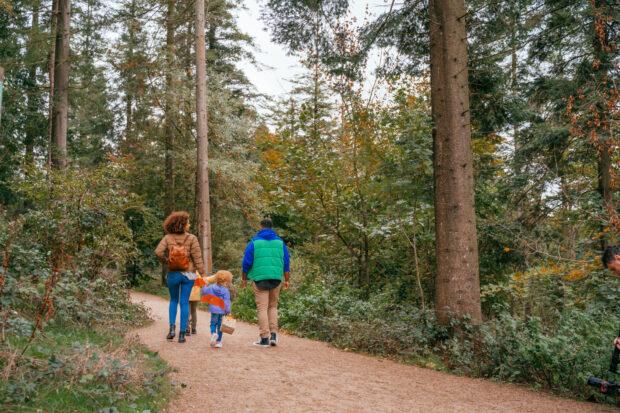
...us to be clear what this will require: we need to grow more trees, of more diverse species, and they need to thrive. we need to manage our existing woods...

...us to be clear what this will require: we need to grow more trees, of more diverse species, and they need to thrive. we need to manage our existing woods...
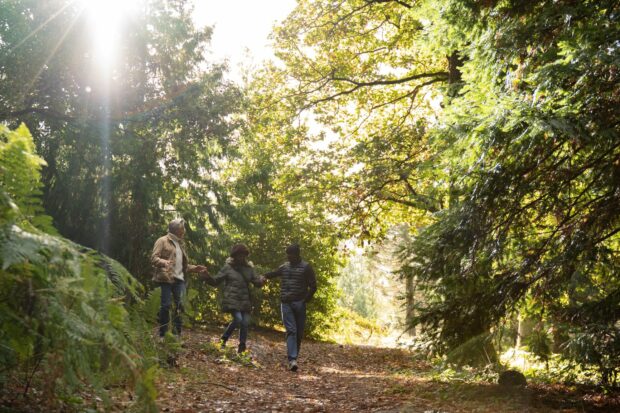
...is maturing. Neil will cover how the businesses on farm complement each other, and how he’s inviting people on to his land to benefit from trees. People: the heart of...
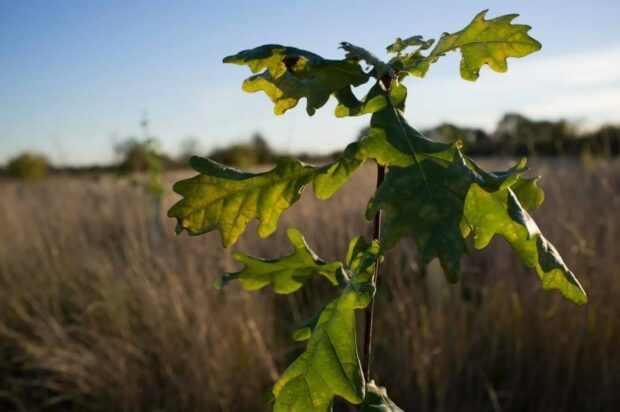
...Speak to your local nursery to find out more. There are many alternative species to oak which can be considered, as well as ways to use the available oak supply...

...was to establish in Great Britain, it has the potential to cause significant economic and environmental damage to our forestry and timber industries. The Science Examining bark panel samples for...
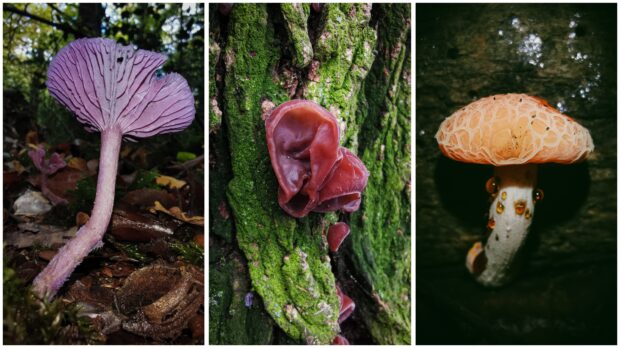
...assess the site for interventions to secure a stronghold for smooth newts, common frogs and toads. We also aimed to install holding ponds to prevent the small, sloped woodland from...
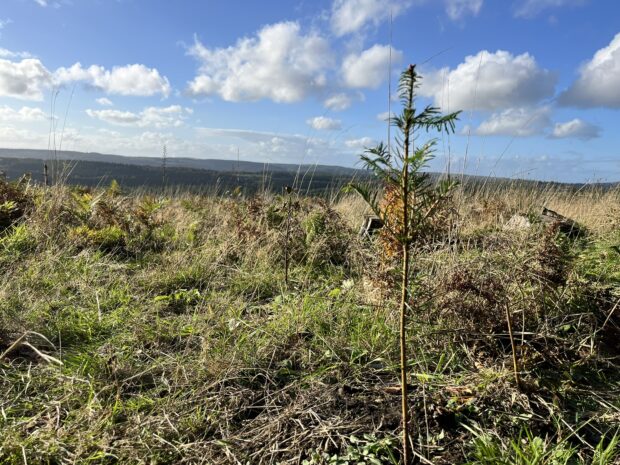
...design policies to make better use of low carbon building materials, including timber. The UK is particularly exposed to global supply and demand; we import around 73% of the wood...
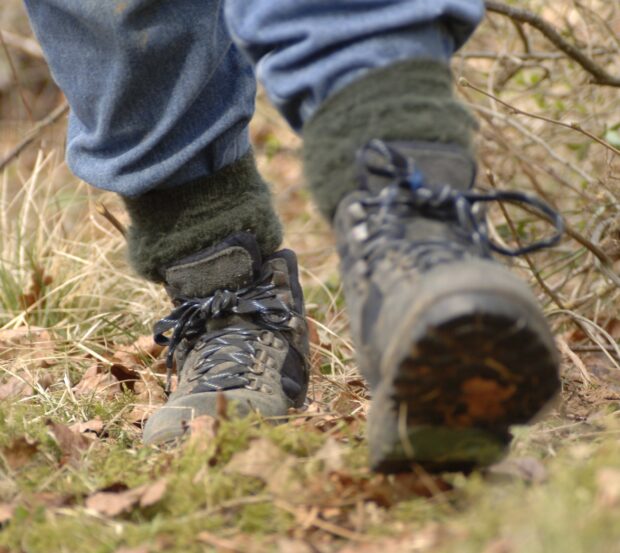
...we’re talking to the public, is make sure they understand exactly what we mean by it. Put simply, biosecurity refers to any measures or precautions that aim to prevent the...
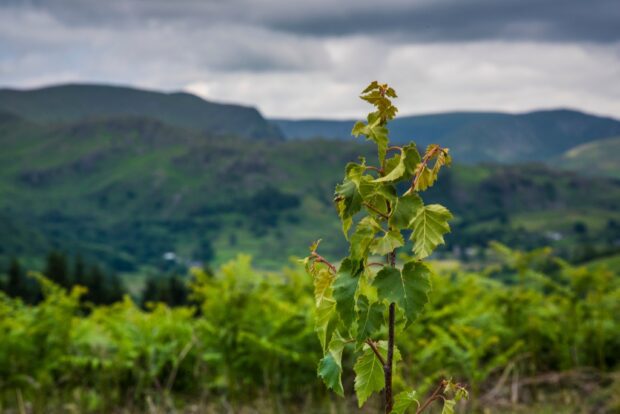
...use free mapping tools such as the Sylva Foundation’s My Forest system to create an application map, using their guidance on how to produce EWCO compliant maps. 5. Make sure...
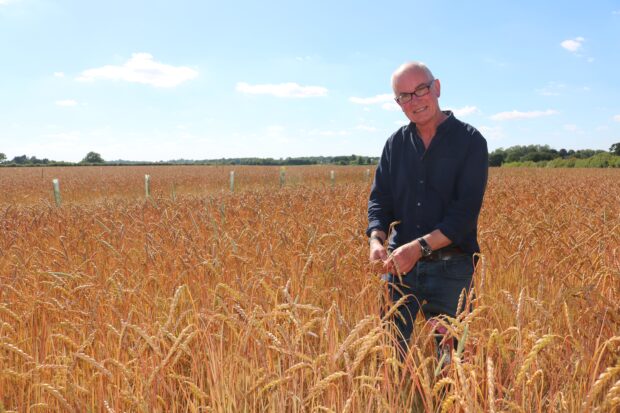
...system at Shimpling Park Farm is a no-brainer. We don’t intend to use it everywhere on the farm, but we do want to get trees into arable fields. I’m looking...
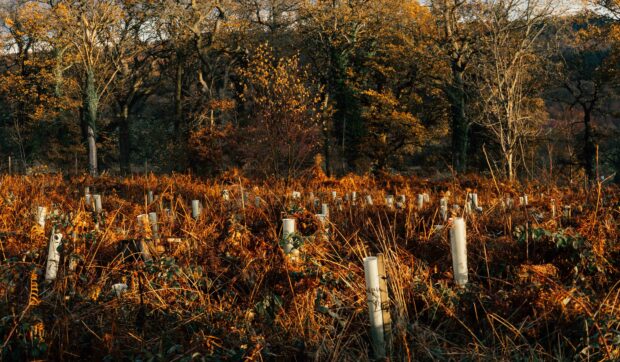
...cold winter months. It can be hard to know where to start so we’ve put together our top 5 tips for managing your woodland this Autumn. 1. Check your tree...